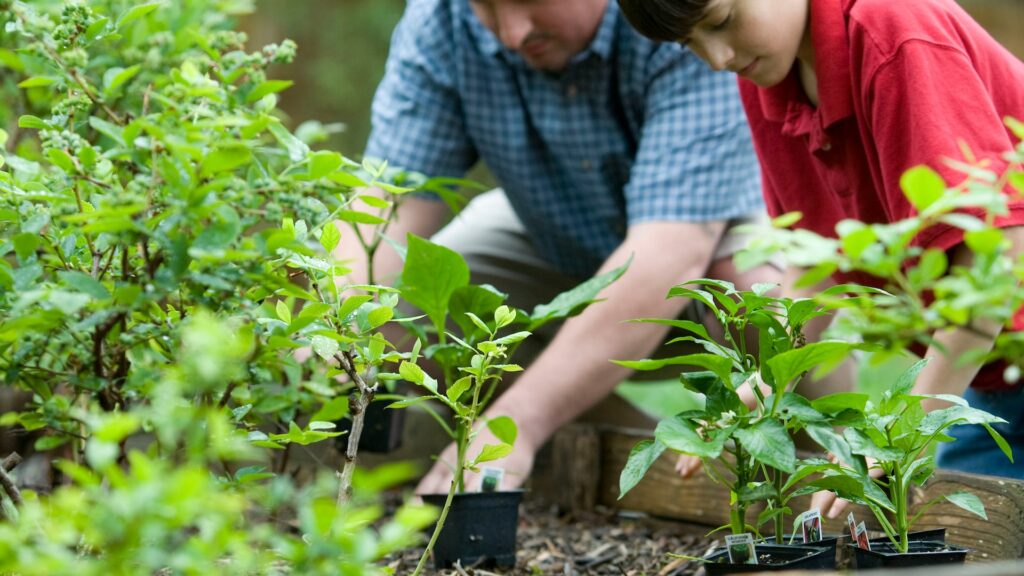Introduction:
In recent years, the concept of smart homes has gained significant popularity, with homeowners looking to automate various tasks and make their lives more convenient. However, did you know that smart technology can also be applied to your garden? This blog post explores the idea of smart gardening with old tech, specifically focusing on repurposing sensors and automation to enhance your gardening experience.
1. What is Smart Gardening?
Before we delve into the realm of repurposing sensors and automation, let’s understand what smart gardening entails. Smart gardening refers to the use of technology to optimize and automate various gardening tasks, ultimately creating an efficient and sustainable garden environment. By leveraging smart solutions, gardeners can monitor and control factors like soil moisture, temperature, and lighting, leading to healthier plants and improved yields.
2. Repurposing Sensors for Smart Gardening:
One of the fundamental components of smart gardening is sensor technology. While contemporary sensors might seem expensive or out of reach for some gardeners, repurposing old sensors can make this technology affordable and accessible. Here are a few ways to repurpose sensors for smart gardening:
– Moisture Sensors: Old moisture sensors can be repurposed to monitor the moisture levels in your garden soil. By connecting these sensors to an automation system or a microcontroller, you can receive real-time data on soil moisture and trigger necessary irrigation.
– Temperature Sensors: Repurposing old temperature sensors allows you to monitor the temperature variations in your garden. This information can help you adjust your gardening techniques or activate automated heating or cooling systems when needed.
– Light Sensors: Light sensors, commonly found in outdated electronic devices, can be repurposed to measure the amount of light your garden receives. With this data, you can optimize plant placement or trigger artificial lighting systems to ensure optimal growth.
3. Automation in Smart Gardening:
Automation is another crucial aspect of smart gardening as it enables the garden to function seamlessly with minimal manual intervention. By repurposing old tech, you can integrate automation into your garden. Here are a few examples:
– Irrigation Systems: By connecting repurposed moisture sensors and a microcontroller, you can automate your garden’s watering schedule based on soil moisture levels. This efficient system ensures that your plants are consistently watered, preventing over or under-watering.
– Nutrient Dispensers: Repurposing old microcontrollers can empower you to create an automated nutrient dispensing system. By monitoring the nutrient levels in your soil, the system can automatically distribute the required nutrients to your plants.
Conclusion:
Smart gardening with old tech provides an excellent opportunity to repurpose sensors and incorporate automation into your garden, improving its efficiency and sustainability. By leveraging repurposed sensors and automation systems, you can optimize watering schedules, monitor vital environmental factors, and ensure healthier plant growth. Embrace the world of smart gardening, even on a budget, to transform your garden into a thriving oasis of green.
